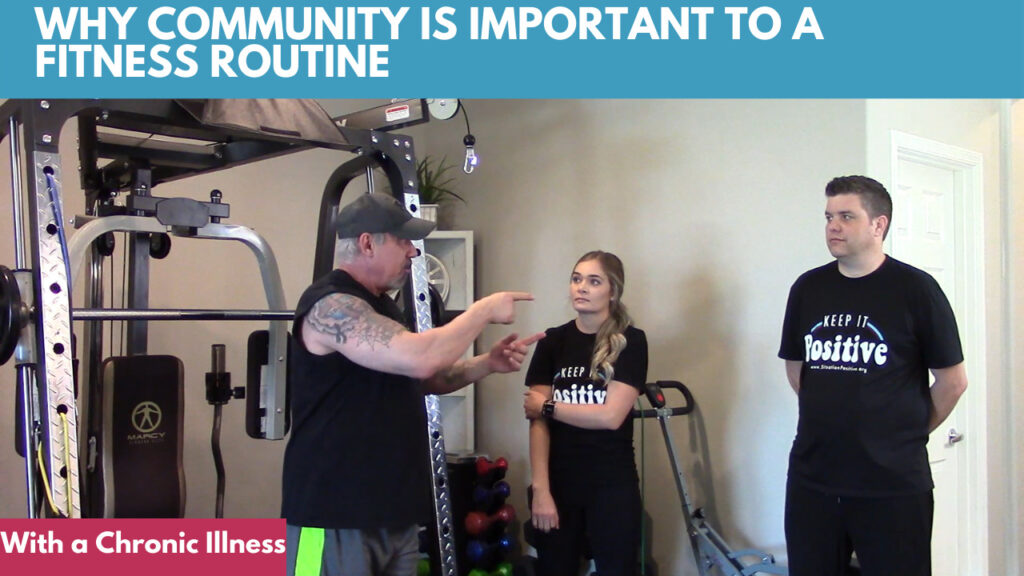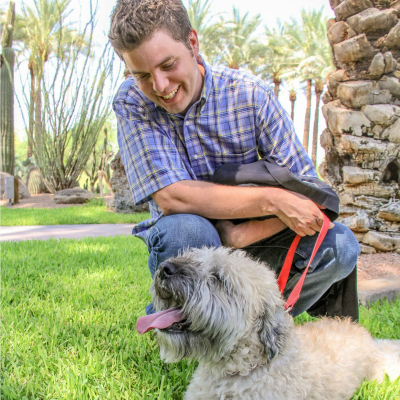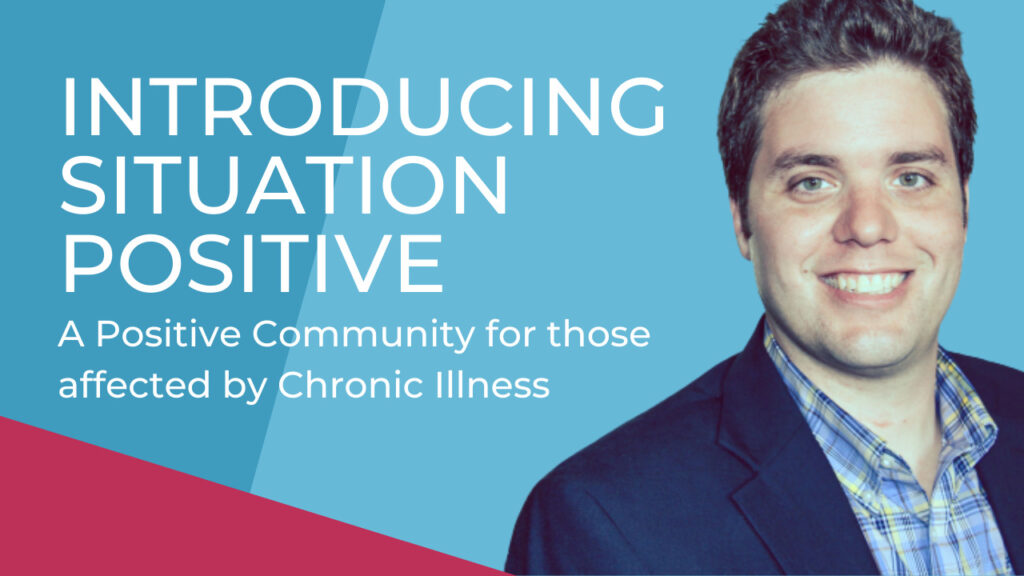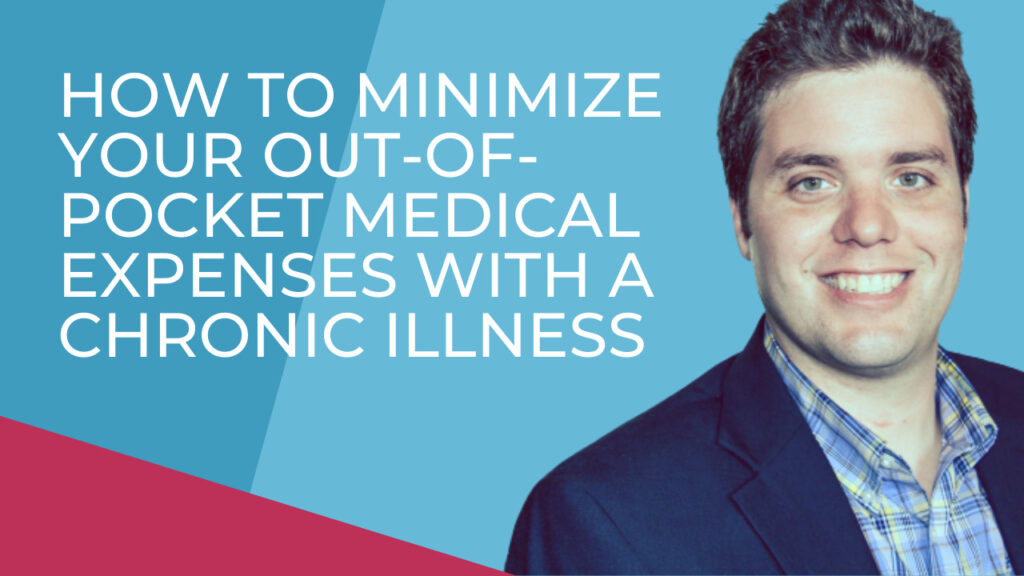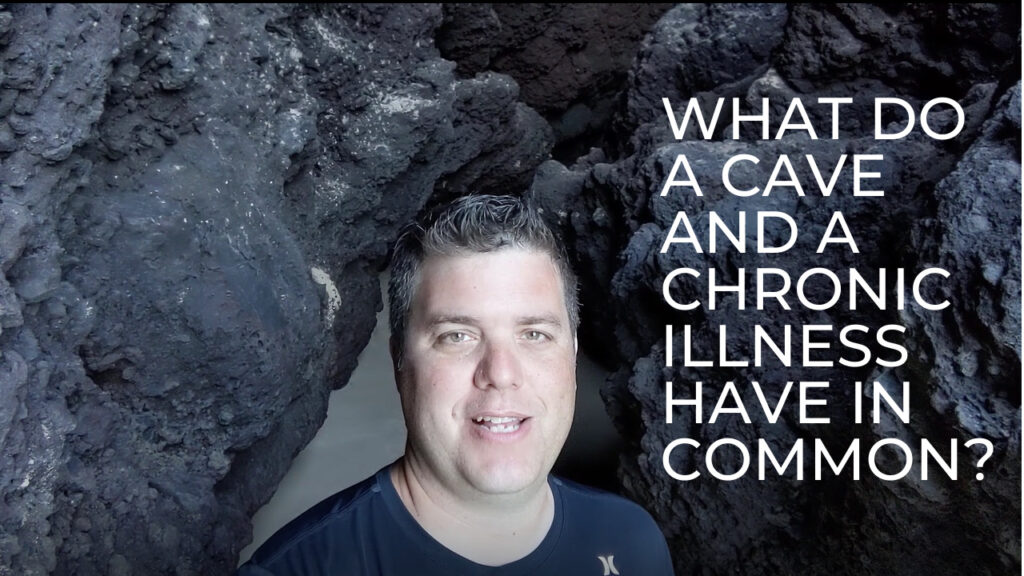Fitness expert, champion bodybuilder, and MS advocate, David Lyons, teaches Matt and Tara the importance of community when starting (and sticking to) a fitness routine when you have a chronic illness. David talks about mindset, goal setting, and the importance of joining the right program. David shares tips from his Optimal Body Personal Fitness program. You can find David on Facebook where he shares awesome fitness tips and videos.
This is part three of our interview with David. The transcript is below. You can also watch the video or listen to our podcast.
[00:00:00] Matt: Hey everybody. My name’s Matt and this is Tara, and we’re from Situation Positive. We’re here today with our good friend David Lyons of Optimal Body Personal Fitness. Um, we’re here for a special workout because we joined the program and we wanted to learn more about it. David welcome to the show.
[00:00:24] David: Thanks for having me guys.
So I appreciate it. And you know, something I’m going to get you guys in top shape and I’m going to get you guys feeling better but more important than that, I’m going to get your brains connected to those muscles of yours.
[00:00:37] Tara: Alright, so we’re ready to get started if you are?
[00:00:45] Matt: And once it becomes that part of your every day, like when you put me in the proper form, I did what three of them?
I was feeling feeling tired because I haven’t done anything like that one. It was much easier to do it the wrong way. How long does it take before that goes away?
[00:01:03] David: Everybody’s different. So it’s like when somebody says to me, I, you know, I’m in a wheelchair, how long is it going to take me to get out of that wheelchair?
Or I have a rough time lifting my arm up all the way. How long is it going to take? There’s no answer to that. Unfortunately, we are all different in our limitations, in our disability, in the condition we have how our body responds. Our body, everybody’s body will respond to this, but depending on how much you actually do focus, how much you actually keep your mindset on what you’re doing and not thinking of something else, how much you’re actually doing the exercises correctly, that’s going to determine it.
It took me guys a year and a half of this type of training to go from not being able to move my fingers, to be able to squeeze and do this with my hand. Okay. That’s because my brain is connected to my muscles. I didn’t do any specific movements or exercises to train my hand. I’m just worked out with this type of program.
And then it created that connection all over my body. It took me a year and a half. I’m working with people that are in the program. And two months later, they weren’t driving a car before and now they’re driving a car cause they could move their legs. Why did it take me longer than the people that are in my own program?
Who knows? My body might’ve been more damaged from the MS attack that I had. We don’t know, but I will tell you this will work over time.
[00:02:36] Matt: Well, um, I’m glad you brought that up because one of the things I was thinking about, and I think it may have taken you longer because you created programs. So you probably had to try, oh, this works, this doesn’t work.
That kind of stuff, but. I was thinking about like, I can get real negative. I can like try this a few times. And I’m like, oh, I don’t get it. And I’m not coming back. How can I stay positive of this stuff? Even if I’m not getting the results that I want right away?
[00:03:05] David: I created a community okay. On Facebook for all of my members.
So in that community, you have everybody talking to each other and encouraging each other. You have some people that go on there and say, you know what? I had a really bad week. I didn’t follow the program. And immediately you’ve got a hundred people jumping on your gone, come on, Karen, you can do it. You know, stick with the program.
This is going to work. And it’s okay. If you had a bad week. Encouragement, community, you know what we all can say, Hey, follow this program. It’s great for you. It’s going to work. But if you don’t have support somewhere, if you are not self-supportive. You know what I mean? If you’re not self-motivated, if you need to have somebody behind you saying, Hey, come on, do it.
You won’t follow through, but because you have a community in Optimal Body, you’ve got the ability, even when you’re saying I can’t do this, or I’m having a crappy week, you go right into that community and they’re there to root you on. So that’s, what’s great about having a community of people that are doing the program.
All interacting, supporting each other, motivating each other. And what’s cool about this is because I’ve been in this MS game now for 15 years and I am the leading fitness expert in the world for MS. A lot of people know me and they’re supporting my groups, even people that are not involved are supporting the people in the group.
So you’ve got all of this outside support, which is so good for someone like you, who says, you know, I’m probably not going to follow through, even if I do it. Well, if you’ve got all this type of support and people going, Matt, you got to do this, you’re going to follow through.
[00:04:49] Matt: Yeah. And for those of you who don’t know, David, he runs something called the MS
Fitness Challenge and we see cool campaigns all the time, like the push up campaign. And I always love watching them from afar, you know, like, and I like all the posts. I just, I haven’t been confident enough. For some reason, a pushup has become very hard for me to do. Right. You saw it was hard for me to even pull it down there.
I’ve lost all confidence with that movement. So I know we worked on one exercise here. Is there maybe another one or two that we could learn today?
[00:05:25] David: We’re going to go to our back, but I want to address the pushups. Okay. So doing this type of movement and a couple of the others that we do for our chest. Will give you the strength to be able to do pushups.
And I’ll give you a for instance, a woman that was working with the optimal body program, couldn’t do one pushup. She’s doing 20 pushups now, three months later, I couldn’t believe it. I mean, 20 is like crazy and she’s not doing those little sissy pushups. She’s doing the real pushups just because she developed her chest, her arms, her triceps.
You know her back, her shoulders by doing this, enabled her to be able to do other things. So it’s not just the exercise itself that you get stronger and more mobile with. It’s an enables you to transfer that into other things that you want to do. So now we’re going to go and show you how to use this same resistance band for your back. Our chest is out.
We pull in with our back muscles. We squeeze our back in this position. 1, 2 3, 4, and then we stretch forward. So the movement here is contracting all the muscles in our back for that four seconds. And I’m telling my back to squeeze and contract. When I come forward, I’m feeling the muscles in my back stretch forward for that.
[00:06:51] Tara: It’s more than just contracting the muscles, It’s stretching them.
[00:06:53] David: Stretching, stretching in extension. Holding and contracting for four seconds for that contraction training method, you know what you start and then I’m gonna let the Tara embarrass you.
[00:07:05] Matt: Oh, not again, I think I got this one. So I’m just, am I, how do I know if my feet are in the right place?
[00:07:18] David: As long as you’re balanced they are in the right place, some people can do it with their feet closer. Some people need to have the feet further apart. Wherever you feel like you’re balancing, you’re not gonna fall over. That’s the right place for your feet.
[00:07:30] Matt: So is it generally shoulder length apart or like, if I change my foot angle, will I give myself different results?
[00:07:38] David: No. So if you need to have one foot forward for that balance, that’s fine. If you just need to separate your feet and keep them more than shoulder distance apart, kind of ground yourself. That’s fine too. Okay, whatever you feel comfortable with, but you have to make sure that in this position you’re feeling, stretching your back.
[00:07:59] Matt: Okay. So is my arm, my hands at right place. Yep. So I’m just going to pull back.
[00:08:04] David: Pull back, use your back, kind of pull with the back, hold it in that position for four seconds. Feel that back squeezing. Feel it, focus. Think count the four and then the stretch.
[00:08:19] Matt: Do I stay engaged with it?
[00:08:21] David: No, once you stretch, you come back. You’re going to stay engaged at that four second can attraction. So I kind of, that’s a whole different training method.
[00:08:31] Matt: So I kind of loosen up here, but then as soon as I’m going back.
[00:08:35] David: Start pulling, squeeze, hold it for 4. 1, 2, 3, 4, bring it forward. Feel the stretch for us. Now we can disengage for a second and pull it back. Squeeze, think it’s all thoughts and stretch forward and wouldn’t let Tara do it. Cause I don’t want you to have a heart attack.
[00:09:06] Matt: It’s amazing that squeeze it actually. Like, if I was doing them fast, I could pump them out holding it. It’s a whole different ballgame.
[00:09:18] David: Absolutely. But that’s where the brain has the opportunity to connect to the muscle. See, that’s perfect.
[00:09:27] Matt: I’m used to that.
[00:09:28] Tara: If I’m not feeling a stretch do I just step back?
[00:09:34] David: Always stepped back to feel whatever it is that you need to feel. If you need more resistance. You step away. If you need to get more stretch, you step away.
[00:09:44] Matt: Do kind of roll your shoulders back to, to squeeze?
[00:09:49] David: It’s not really rolling. It’s squeezing. So you’re pulling and squeezing. Rolling would be kind of like that. That’s you don’t want to do that. You want to pull back straight just like Tara’s doing where her back is doing the work and being pulled. And how many of these would you recommend? We stick with the same number between 10 and 12, three to four sets. And again, if you’re first starting and you can only do one set of 10 reps, great. You got to start somewhere.
Podcast: Play in new window | Download (Duration: 10:27 — 19.1MB)

